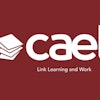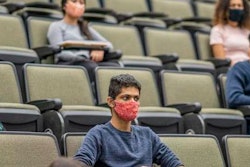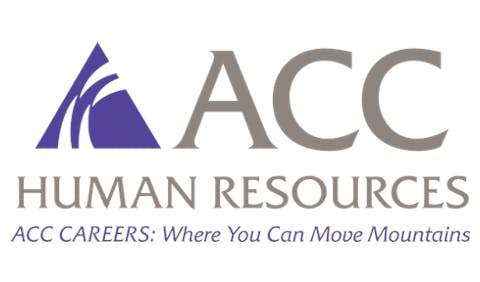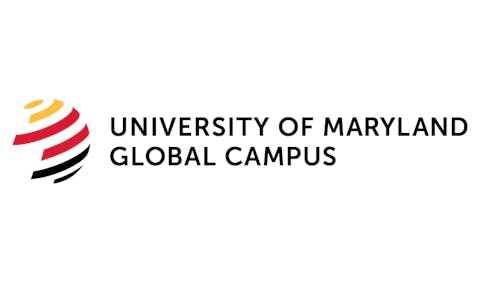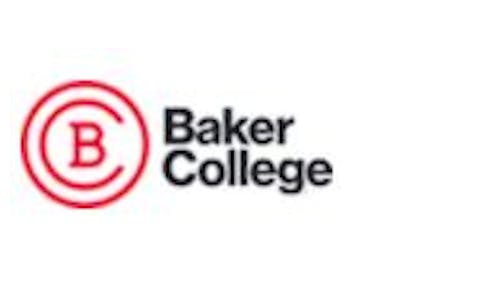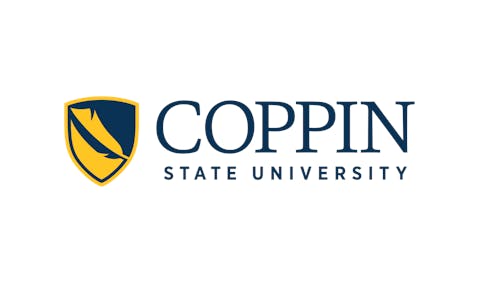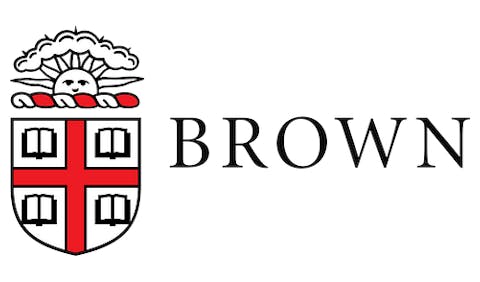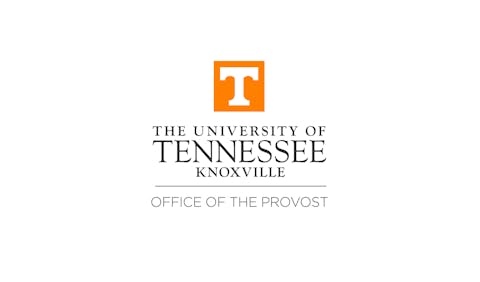One of the great strengths of a college campus is the free flow of people and ideas. Students, faculty, and staff from diverse backgrounds and locations add to the unique tapestry of each individual institution. Human interaction, whether in a classroom, a lab, or even just the cafeteria adds immeasurably to the collective community experience.
When the COVID-19 crisis emerged, the idea of individuals congregating in close quarters after arriving from faraway places and then circulating within and outside a campus was considered in a new light due to the risk of spreading a highly contagious and potentially deadly virus. While COVID-19 changed views of work, play, and commerce, some of the quickest and most dramatic changes happened in higher education. Colleges and universities have an unyielding responsibility to provide a safe environment. Suddenly, the very foundation of what that means was shaken to its core.
Evolution of Testing
Last spring, when most colleges shut down their campuses and sent students home to complete the semester online, testing options were limited. Tests were typically reserved for patients showing symptoms, often when illness was quite severe. Without being able to broadly test a campus population and with the rapid spread of the virus, administrators were left with no other option.
As plans for the Fall 2020 academic year were formulated, testing availability increased. Instances where the virus spread rapidly became better known and understood, re-enforcing some of the risks associated with close contact in institutional settings. This forced administrators to consider a wide range of scenarios—from fully on-campus to fully online to options in between.
Active virus (PCR) tests are now widely available and among the most reliable. This is a critical tool when considering precautions that can be taken to help ensure that a campus can remain open and fully functional.
 Alla Schay
Alla SchayTesting as a Way Forward
If a decision has been made to roll out a testing program, the question then turns to the best way to test. Sterling has been a leader in this area, launching one of the first end-to-end tech-based solutions that is applicable to large and dynamic populations.
Our key learnings from clients across industries, but particularly within education include:
- Consider conducting testing across the full campus population. With a highly communicable virus, every person who is already in or who enters your community presents risks, based on where they have been and who they have interacted with. Testing select members, while a good start, inherently limits the reduction in risk that can be achieved.
- Testing should be easy to access and complete. Saliva-based anti-virus (PCR) tests are among the most reliable and are considerably less invasive than tests that take a swab from the back of the nose or throat and require a trained professional. Being able to distribute test kits from a central location or send them to faculty, staff, and students is a critical convenience for program success. For student populations that come from outside your immediate area, at-home testing can proactively identify impacted individuals, allowing for treatment in a comfortable and familiar setting.
- Maintain privacy. The test provider that you choose needs to ensure that results will be securely shared only with the proper parties with appropriate consent. In addition, this data should be securely stored and protected. Ultimately, you need to ensure that the test-taker’s privacy is protected.
- Results should be reported in a clear, concise manner. The last thing any administrator needs is more paper or to have to spend time aggregating and analyzing data. An easy and convenient user interface is a crucial part of any testing solution, leveraging dashboards that clearly identify where actions are required.
- Anticipate the need for follow-up testing. Unfortunately, COVID-19 testing is far from a one-and-done scenario. As an ongoing public health threat, there is likelihood that a full population rescreen may need to be done, either during an academic term or at the start of a new one. In addition, testing kits should be secured ahead of time to handle any faculty, staff, or students who develop symptoms and require compassionate care with an easy pathway toward determining health status.
- Be ready to handle positive cases. The key to limiting transmission is to quickly quarantine and provide care for anyone who has COVID-19. Contact tracing helps to alert those who may face higher risk that they have the virus, which should also trigger additional testing.
A Culture of Safety
While testing represents the critical “science” aspect of managing COVID-19, human behavior is the equally necessary “art” component, which is by its nature less exact. This is where a focus on other recommendations from the CDC such as social distancing and appropriate hygiene can considerably diminish the threat of transmission. Many academic institutions have taken decisive actions here by reconfiguring and reimagining the classroom as well as changing social spaces. Continuous messaging about following social distancing guidelines and reducing risky behaviors, in conjunction with available and robust testing, may help increase the chance that your campus can continue to be the open, desirable environment that your community values.
Alla Schay is the general manager of the Industrials, Government, & Education group of Sterling, a leading provider of background and identity services.


